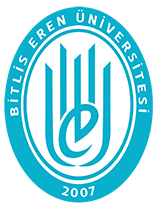| dc.description.abstract | This study explores the mechanical performance of core-shell sandwich panels fabricated using ABS (Acrylonitrile Butadiene Styrene) filaments with varying concentrations of CaCO3 nanoparticles (1, 2, 3, and 5wt%). The ABS filaments were produced using an extruder and utilized in a dual extruder 3D printer via the Fused Deposition Modeling (FDM) process to print honeycomb core structures. The panels were subjected to three-point bending and compression tests to assess their strength and deformation characteristics. The results indicated that the panels with 3 wt% CaCO3 nanoparticles achieved the highest average failure loads, enhancing the mechanical properties significantly over pure ABS. Specifically, the maximum bending stress for the 3 wt% added nanoparticle sample was recorded at 33.23 MPa. Conversely, increasing the CaCO3 concentration to 5 wt% diminished the strength, as nanoparticle agglomeration and poor dispersion acted as stress concentrators and enhanced brittleness. However, higher CaCO3 concentrations (5wt%) led to reduced strength due to nanoparticle agglomeration and poor dispersion, which introduced stress concentrators and increased brittleness. Finite Element Analysis (FEA) was performed, and its results closely aligned with the experimental findings, validating the accuracy of the model. | tr_TR |














